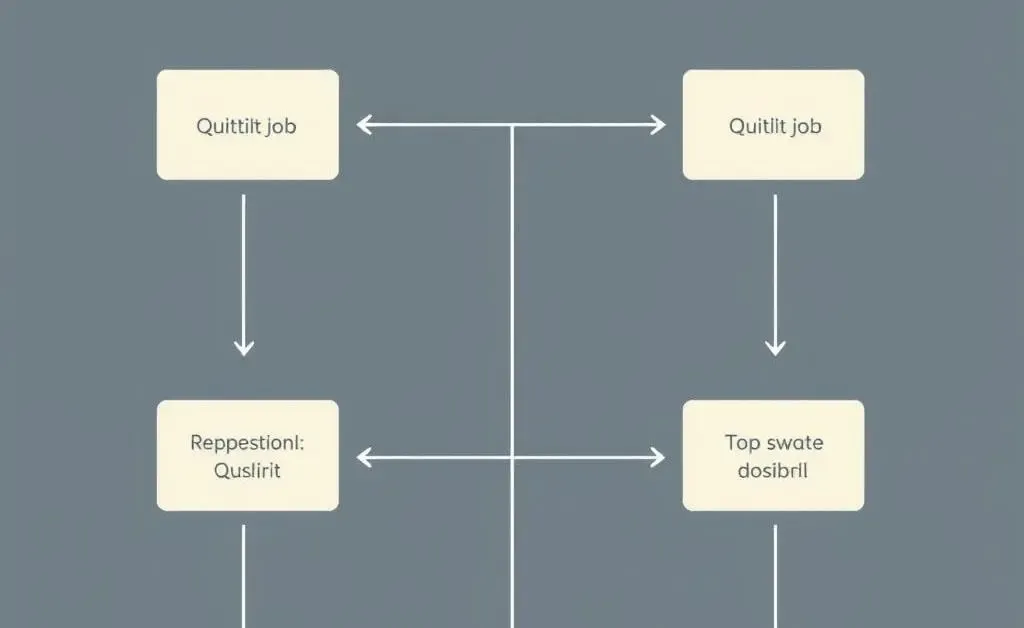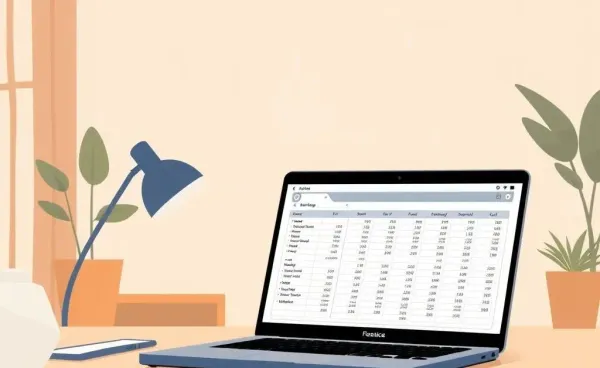Can My Partner Afford to Quit Their Job? A Practical Guide to Dual-Income Decisions
Explore the financial and emotional aspects of a one-income household switch.

Weighing the Pros and Cons of a Single-Income Household
Switching from a dual-income to a single-income household is a significant decision. Whether you're considering this for more family time, reducing stress, or supporting a partner's career change, it comes with both perks and potential pitfalls.

The Financial Checklist
First things first, let’s talk numbers. Can your current income comfortably cover living expenses? It's not just about today but also planning for the future.
- Budget Assessment: Analyze your current budget to find areas where you can cut costs. There are numerous tools to help you track expenses effectively.
- Savings Buffer: Ideally, you should have at least three to six months' worth of expenses saved before making the leap.
- Debt Status: How much debt are you carrying? Lower debts mean fewer obligations when cash flow tightens.

Long-term Financial Planning
Tapping into long-term planning, consider how this change affects retirement savings and investments. A single income might mean slower growth for your nest egg unless you adjust contributions and investment strategies accordingly.
You can also explore ways to continue contributing to a spouse's retirement fund indirectly through spousal IRAs.
Emotional and Lifestyle Considerations
Beyond numbers, think about lifestyle changes. Going from a dual-income to a one-income family shifts dynamics significantly. It can mean adjusting expectations for vacations, dining out, and other leisure activities.

Communication is Key
Regular discussions with your partner are essential. Share each other’s dreams and fears to be aligned in your action plan. Clear communication helps prevent misunderstandings that could add stress.
Building a Trial Run
Consider a 'trial run' for a couple of months living on just one income. It'll highlight potential issues and reassure you of any adjustments needed. The balance between financial stability and lifestyle comfort is crucial.
Takeaway
Ultimately, whether your partner can quit their job boils down to careful planning and honest conversations. It’s about balancing the 'wants' and the 'needs' while keeping future goals in mind. Have you tried planning for such a shift in your household? What's your strategy?




